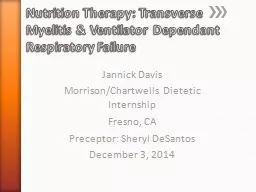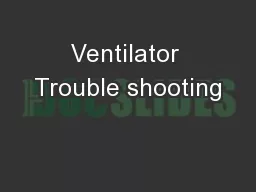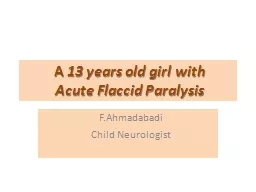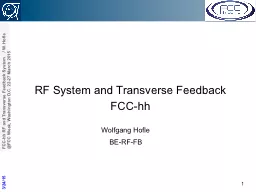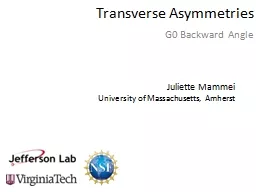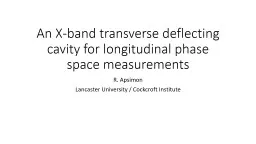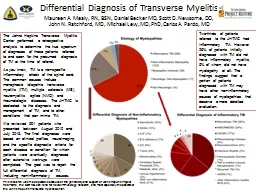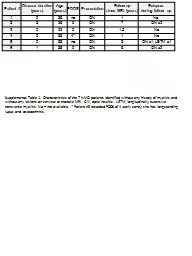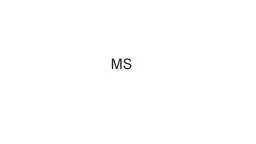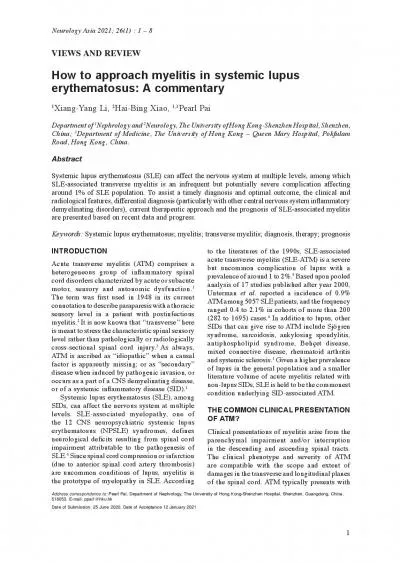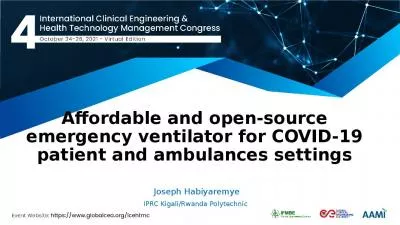PPT-Nutrition Therapy: Transverse Myelitis & Ventilator
Author : bikershomemaker | Published Date : 2020-06-17
Dependant Respiratory Failure Jannick Davis Morrison Chartwells Dietetic Internship Fresno CA Preceptor Sheryl DeSantos December 3 2014 Acknowledgements A special
Presentation Embed Code
Download Presentation
Download Presentation The PPT/PDF document "Nutrition Therapy: Transverse Myelitis &..." is the property of its rightful owner. Permission is granted to download and print the materials on this website for personal, non-commercial use only, and to display it on your personal computer provided you do not modify the materials and that you retain all copyright notices contained in the materials. By downloading content from our website, you accept the terms of this agreement.
Nutrition Therapy: Transverse Myelitis & Ventilator: Transcript
Download Rules Of Document
"Nutrition Therapy: Transverse Myelitis & Ventilator"The content belongs to its owner. You may download and print it for personal use, without modification, and keep all copyright notices. By downloading, you agree to these terms.
Related Documents

